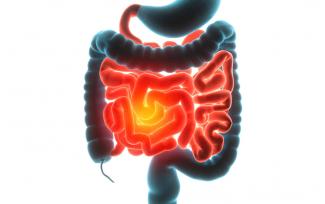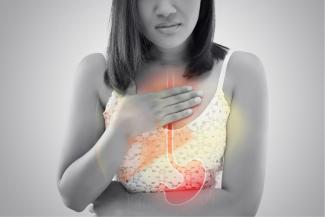News
- Herbs for neuropathic pain
03 May 19
- Acupuncture for treating chronic fatigue syndrome
03 May 19
- Vitamin D and lupus activity
03 May 19
- Iron supplementation for reducing anaemia in menstruating women
01 Mar 19
- Effect of Nordic walking on quality of life, balance, and mobility
01 Mar 19
- Prenatal supplement with Methylfolate for treating depression in pregnant women
01 Mar 19
- Rosemary for Cholesterol
01 Mar 19
- Effectiveness of Multiple Natural Therapies for Musculoskeletal Disorders
01 Mar 19
- Vitamin and Carotenoid diet intake and cataracts
11 Feb 19
- Vitamin D for older people to optimize bone health
11 Feb 19
- Vitamin D helps with dermatitis
11 Feb 19
- Acupuncture for Myofascial Pain
11 Feb 19
- Natural Medicine and Contraceptive Methods
11 Feb 19
- Whole grain diet reduces systemic inflammation
07 Jan 19
- Vitamin D for Inflammatory Bowel Disease
07 Jan 19











